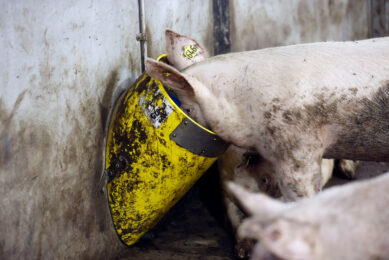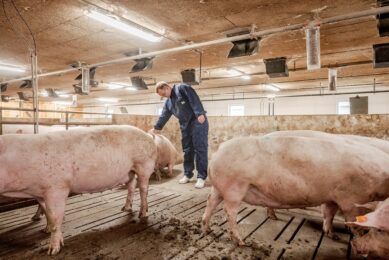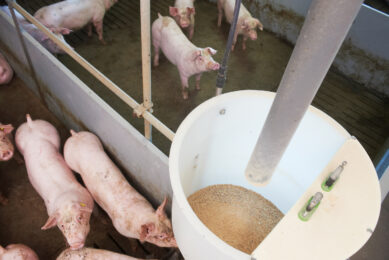Journées de la Recherche Porcine
On February 3 and 4, the French research community gathered in Gare de Lyon under the auspice of INRA to discuss the latest swine research findings. This meeting, called ‘Journées de la Recherche Porcine’ is an annual event.
In my totally biased opinion, this is one of the last places where original and thought-provoking research is still being generated having the public ‘good’ in mind instead of pursuing ‘marketing research’; the latter being so much favoured in many ‘public’ institutions nowadays. As such, I believe, it merits further attention from the worldwide swine industry. Below is but a brief description of a few interesting presentations pertaining to swine nutrition. A more expanded version is planned for the printed pages of Pig Progress.
Phytase
The correct use of phytase received considerable attention. It was reported that reducing the Ca:P ratio, a common misconception, to enhance the action of phytase is not actually providing any beneficial results. In another study, it was demonstrated that higher dosages of phytase can release enough Ca and P for the diet to be formulated without the addition of any phosphate sources.
Lactation Feed
Highly prolific sows (13 piglets born alive) were given diets containing normal (0.85% digestible lysine) or high (1% digestible lysine). As expected, sows on the high lysine diet produced heavier litters at weaning. Nevertheless, both treatments failed to reduce sow muscle loss as all sows were on an energy negative state throughout the lactation period, demonstrating that energy and not protein is the most critical element in feeding lactating sows as far as reproductive performance is concerned.
Mycotoxins
In one study, it was demonstrated that ingestion of 18 mg deoxynivalenol had virtually no effect in lactating sows, whereas on the other hand, in another study, the intake of 1.5 mg of fumosin B1 severely reduced the digestive capacity and disrupted the digestive process in weaned piglets.
Immunomodulators
In a very well-thought paper, it was argued that immunomodulators can be effective alternatives to growth-promoting antimicrobial compounds (antibiotics). Such ingredients include mannans, glucans, plant extracts, immunoglobulins, and other animal-derived biofactors, such as lysozyme and lactoferrine.
Valine
A much neglected amino acid which has finally received some attention lately, valine has been repeatedly shown to be required at levels higher than those previously thought as adequate. A new study confirms that piglets require at least 70% valine in their feed for maximal growth performance.
The website of this event is at www.journees-recherche-porcine.com, from where the current proceedings can be obtained and some summaries can be previewed.
©











